To prepare for floods, it's important to understand your flood risk, create an evacuation plan, and gather essential supplies, including non-perishable food, water, first-aid supplies, and important documents in a waterproof container.
Floods often strike faster than people expect, leaving little time to react. Roads become impossible to drive on, power goes out without warning, and important items can be damaged in minutes. For families in flood-prone areas, the real stress comes from not knowing what to secure first, how to stay connected during outages, or whether they have the right supplies to get through the emergency safely.
Regardless of where you live in the USA, it is essential to prepare for unexpected flooding. But how to prepare for floods? You need to have the right emergency supplies, a ready evacuation plan, and a backup source to keep essentials powered. Jackery Solar Generators are essential home backup power solutions, capable of powering most appliances, such as refrigerators, lights, sump pumps, etc. Read the guide to learn about the government's flood preparation tips, how to check flood risk zones, etc., to better prepare for the floods.
AI Takeaways
- Beginning on July 2, 2025, a widespread flooding impacted portions of the Concho Valley, Hill Country, and Central Texas regions.
- On July 5, 2025, Central Texas along with Williamson County experienced catastrophic flash floods followed by record-breaking rainfall that led to evacuations and road closures.
- Tennessee's floods in February 2025 highlight the need for year-round preparedness, especially for those who live in flood-prone areas.
- One way to check the flood risk and receive a flash flood warning is to use FEMA's Flood Map Service Center.
- Preparing for floods includes installing sump pumps with battery backup power, using waterproofing sealants on basement walls, and preparing an emergency kit.
- Jackery Solar Generators are ideal home battery backup solutions that can power most essential household appliances during outages caused by floods or other natural disasters.
Understanding the Types of Floods
Flooding means overflowing of water onto land and can happen during heavy rains, snow melting, etc. They can occur within minutes and may last days, weeks, or even longer. In fact, according to the NSSL (NOAA National Severe Storms Laboratory), floods occur in every US state and kill more people each year than hurricanes, tornadoes, or lightning. Here are different types of floods as per the NSSL:
River Floods: When the water level rises on the top of the banks with excessive rain from tropical systems, it causes river floods. The floods are also accompanied by persistent thunderstorms over the same area for extended periods of time.
Coastal Floods: A coastal flood is generally caused by a higher-than-average high tide. It is accompanied by heavy rainfall and onshore winds that worsen the effects of the floods. Some regions that experience coastal floods include South Carolina, Savannah, and Georgia.
Storm Surges: They are the abnormal rise in water level in coastal areas. Such storms surges are caused by severe storm's wind, low atmospheric pressure, and waves. Along the coast, they are often the greatest threat to life and property.
Flash Floods: Flash floods are usually caused by excessive or heavy rainfall in a short period of time, less than six hours. While they usually occur within a few minutes or hours of excessive rainfall, they can also occur even if no rain has fallen.
Inland Floods: If the intense precipitation falls over a short period, moderate precipitation accumulates over several days, or a river overflows due to an ice or debris jam, it leads to inland flooding. Common examples of inland floods include Hurricane Floyd.
How to Check Your Flood Zone
One simple way to check flood zones is to use the FEMA Flood Map Service Center (MSC). It is the official online tool where you can find all flood hazard mapping products. You need to visit the FEMA Flood Map Service Center (MSC) to find the official flood map of your area and the National Flood Hazard Layer data.
You can also sign up for the community's warning system. For example, the Emergency Alert System (EAS) and National Oceanic and Atmospheric Administration (NOAA) Weather Radio also provide emergency alerts. In addition, the National Risk Index is another easy-to-use tool that shows communities at high risk of flooding.
Note: One important thing to note is that homeowners' insurance policies do not cover flooding. So, make sure to get flood coverage under the National Flood Insurance Program (NFIP).
How to Prepare Your Home for a Flood
Floods don’t always arrive with a warning. Preparing your property ahead of time is one of the smartest investments you can make in terms of money and peace of mind. Here's how to prepare your home for a flood, recommended by FEMA, CDC, the Red Cross, and other government resources:
Install Sump Pumps With Backup Battery Power
A sump pump is your first line of defense if floodwaters seep into your basement or crawl space. Installing a sump pump battery backup ensures the appliance keeps running even when the grid goes down. It's a small upgrade with huge returns, especially during flash floods or prolonged storms.
Elevate Electrical Systems, Furnaces, and Water Heaters
Floodwaters and electricity don’t mix. That’s why it is recommended to raise your electrical panels, outlets, switches, and heating systems above potential flood levels, typically at least a foot above base flood elevation. It’s a practical way to protect major systems from water damage and reduce fire risks, all while helping you recover faster after a disaster.
Use Waterproofing Sealants on Basement Walls
If you’ve got a basement, seal the cracks before the storm comes. Applying waterproofing sealants to your walls and foundation helps reduce seepage during heavy rainfall. It won’t stop a full-scale flood, but it can buy you valuable time and minimize long-term water damage from leaks and groundwater pressure.
Install Check Valves to Prevent Floodwater Backup Into Drains
Sewage backup is one of the most dangerous flood risks. Installing check valves on your home’s plumbing system prevents floodwater from flowing backward through your drains, sinks, and toilets. This small plumbing modification can prevent major health hazards and costly cleanups.
Landscape to Direct Water Flow Away From Your Home
The slope around your home matters more than you think. Grading your yard so water naturally flows away from your foundation can prevent pooling and structural damage. You can also use gravel beds, rain gardens, or swales to manage runoff. It’s a simple strategy that turns landscaping into a functional flood defense.
Create an Emergency Supply Kit
When a flood warning hits, there’s no time to think, as you just need to act. Having a written checklist of what to do (turn off utilities, grab your emergency kit, secure valuables) can save time and prevent panic. You can post it somewhere visible and review it with your household so everyone knows the drill when it matters most.
In addition, you need to prepare an emergency kit with emergency supplies in your car, including food, water, flares, a first aid kit, a fire extinguisher, booster cables, maps, tools, portable power stations, sleeping bags, etc. Jackery Portable Power Stations can be packed in your car to ensure you have power on the go.
For Scott Simpson, staying powered through Wisconsin’s unpredictable weather was more about practicality. Living miles from the nearest substation means that a single ice-laden branch or wind gust can cut electricity for hours, sometimes days. Scott purchased a Jackery Solar Generator to deal with outages. Now, when storms move in, Scott doesn’t race to haul out a generator or worry about losing heat or food. He simply switches over and lets the Jackery product keep his home steady. For him, it’s the kind of dependable, low-maintenance power that makes rural living feel easier, even during the worst winter weather. Read the Jackery Story to learn more about Scott's experiences with Jackery products.
Jackery Solar Generators for Flood Preparedness
One of the biggest challenges faced by affected households during and after floods is the sudden loss of power. Storm-damaged utility lines, inaccessible roads, and extended outages often leave many without electricity for days. In such emergencies, it is important to have a reliable home battery backup.
Jackery is a leading solar brand that manufactures solar panels, portable power stations, and solar generators ideal for short—and long-term power outages. These solar generators are designed to keep essential household appliances such as refrigerators, lights, TVs, etc., powered and safe even when the grid fails to supply steady electricity.
Jackery Solar Generator 1000 v2
When a flood strikes and evacuation becomes necessary, you'll need a lightweight, grab-and-go power solution to make all the difference. The Jackery Solar Generator 1000 v2 is ideal for such scenarios. It is compact yet powerful and can keep your essential devices like phones, radios, medical equipment, and lights running during transit or while staying at a shelter. It can be recharged with solar panels, so you don’t have to rely on grid power or worry about fuel shortages.
Appliances Running Time
- Portable Fridge (300W) = 2.8H
- Portable Electric Stove (500W) = 1.7H
- Rechargeable Fan (100W) = 7.6H
- Light (50W) = 13.5H
- Water Filter (60W) = 11.7H
Who Should Buy This
If you are looking for a compact but powerful solar battery backup that can be stored in the rear compartment of the vehicle during evacuations, the Jackery Solar Generator 1000 v2.
Customer Review
“Finally getting to use the jacket this weekend for our first trip this year. Boondocking and so far it has powered everything we’ve needed it for, including running a portable refrigerator the whole trip. Would definitely recommend it!” — Lynnedell Moul.
Jackery Solar Generator HomePower 3000
The Jackery Solar Generator HomePower 3000 is an advanced, essential home backup that can provide days of backup power for your kitchen. It can power various emergency household appliances, such as fridges, WiFi, fans, and lights, for long hours or days. It also features dual-sided handles that ensure easy transportation and storage around the home. Even if floods knock out the power for hours or days, the essential home backup solution ensures your sump pump and heaters remain powered.
Appliances Running Time
- Sump Pump (1500W) = 1.7H
- Dehumidifier (150W) = 15.2H
- Wet/Dry Vacuum (1200W) = 2.1H
- Washer Combo (1500W) = 1.7H
- Refrigerator (500W) = 5.0H
Who Should Buy This
If you want an essential home backup with massive power in a compact design, you can consider investing in this smallest and lightest 3kWh LFP power station.
Customer Review
“I finally feel secure knowing that when the blackouts occur, I can simply push a button and keep my fridge and freezer running. Blackouts are occurring more frequently, and I am prepared. Thank you.” — Victoria Woodward.
Jackery Solar Generator HomePower 3600 Plus
The Jackery Solar Generator HomePower 3600 Plus is an essential home backup solution when floods knock out power and make it difficult to rely on the grid. It can keep your essential appliances, such as the fridge, lights, phones, medical devices, and sump pumps, powered. It runs quietly and charges through solar panels, so you can get steady power even if fuel is hard to find or roads are blocked. During stressful moments when rising water disrupts daily life, having a reliable home battery backup will bring a sense of calm and control.
Appliances Running Time
- Sump Pump (1500W) = 2.0H
- Dehumidifier (150W) = 17.7H
- Wet/Dry Vacuum (1200W) = 2.5H
- Washer Combo (1500W) = 2.0H
- Refrigerator (500W) = 5.8H

Who Should Buy This
The Jackery Solar Generator HomePower 3600 Plus is ideal for families in flood-prone areas who want an essential home backup power solution with large capacity, so you can stay connected, safe, and supported during and after flooding events.
Customer Review
“I love it. The best part about it is my wife can run her dialysis machine for an entire week before having to recharge it. Thank you, Jackery, for making such a reliable machine.” — Andrew Taylor.
Jackery Solar Generator 5000 Plus
For homes facing prolonged outages after floodwaters recede, the Jackery Solar Generator 5000 Plus offers a dependable long-term power solution. The essential home backup solution can support larger appliances like refrigerators, sump pumps, and even heating or cooling units for days. With its high-capacity battery, you can maintain a sense of normalcy, keeping food fresh, running fans or dehumidifiers, and staying connected while utility crews restore power.
Appliances Running Time
- Sump Pump (1500W) = 2.8H
- Dehumidifier (150W) = 21.4H
- Wet/Dry Vacuum (1200W) = 3.4H
- Electric Water Heater (3000W) = 1.4H
- Refrigerator (500W) = 7.8H
Who Should Buy This
Customer Review
“This is my second unit from Jackery. Love them. I bought the 5000-plus for backup for the coming storm season here in Houston. Mainly to run the refrigerator. The great sale and stackable coupon sealed the deal.” — David Tanaka.
Government Assistance and Resources for Flood Preparedness
The US government offers a range of tools, financial aid, and educational resources to help households before, during, and after flooding events. Here are some of the trusted and updated links to key resources:
- FEMA Flood Map Service Center
- FloodSmart – National Flood Insurance Program (NFIP)
- Ready.gov Flood Preparedness
- American Red Cross Disaster Relief
- National Weather Service – Flood Information Map
- DisasterAssistance.gov
FAQs
How does the government help during floods?
The Federal Emergency Management Agency (FEMA) offers financial assistance, manages disaster response, and helps communities recover from floods. This includes providing grants for mitigation projects, assisting with home repairs and replacements, and offering temporary housing options.
What kind of relief is being provided in a flood?
Flood relief efforts combine immediate assistance with long-term recovery support. This includes providing shelter, food, and basic necessities, as well as financial assistance for housing, repairs, and cleanup. Organizations like the American Red Cross also provide temporary shelter for displaced individuals and families.
What is the flood program in the USA?
The National Flood Insurance Program (NFIP) is a flood program managed by FEMA and provides coverage to property owners, businesses, and renters. Its coverage helps people recover faster when floodwaters recede.
What is preparedness in disaster management?
Disaster preparedness involves all the actions taken to understand the risks, respond to, and recover from a disaster. It generally includes developing emergency plans, conducting drills, and stockpiling supplies.
What should you not do during a flood?
According to the NDMA, you should not walk through moving water, as six inches of moving water can knock you off your feet. You should also not drive through flooded roads or around road barriers.
Conclusion
Understanding how to prepare for floods can make all the difference when disaster strikes. From identifying your flood zone to securing your home and assembling an emergency kit, every step counts. You can also consider adding a reliable backup, like a Jackery Solar Generator, to your emergency kit to ensure your essential appliances stay powered and connected during outages.

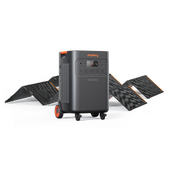







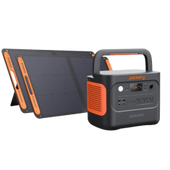


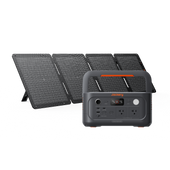
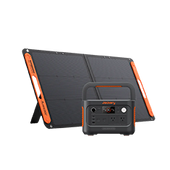


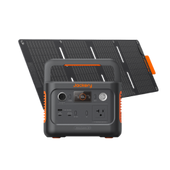
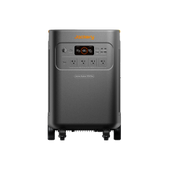
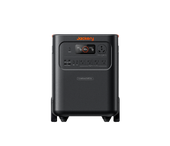
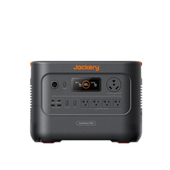
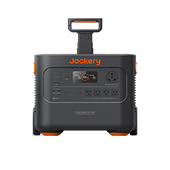
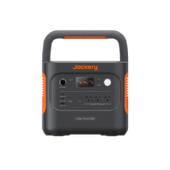
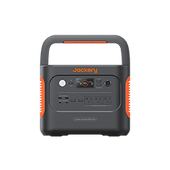
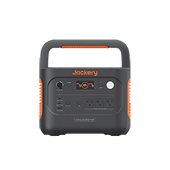
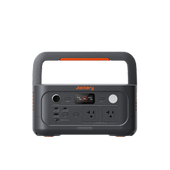
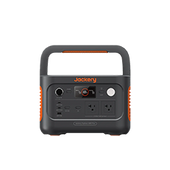
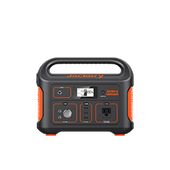
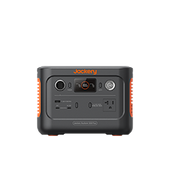

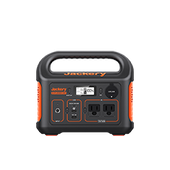
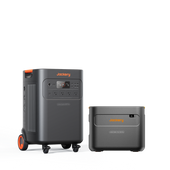
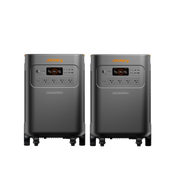
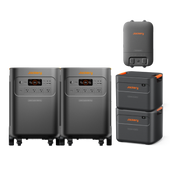
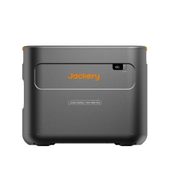

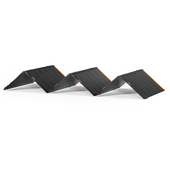

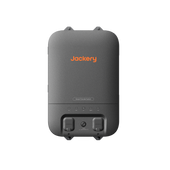
![[Add - on] Jackery Manual Transfer Switch for Explorer 5000 Plus - Jackery](http://www.jackery.com/cdn/shop/files/add-on-jackery-manual-transfer-switch-for-explorer-5000-plus-9017324.png?v=1754016782&width=170)

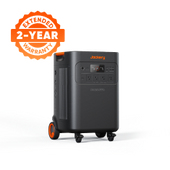
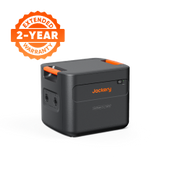

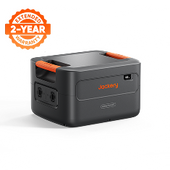
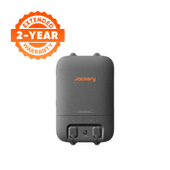
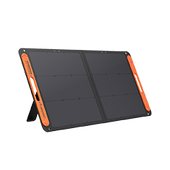
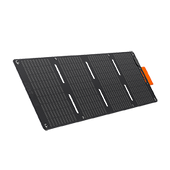

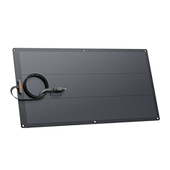
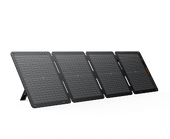
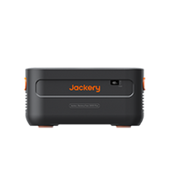
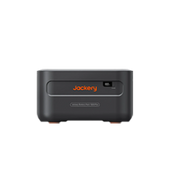
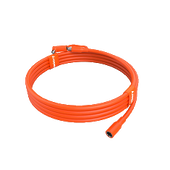
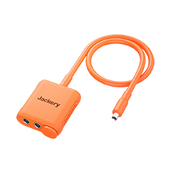
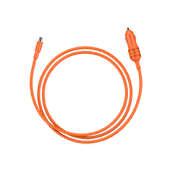

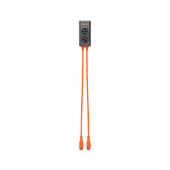
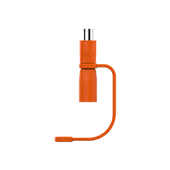
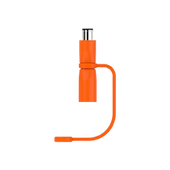
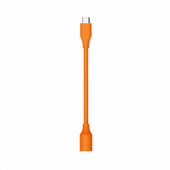
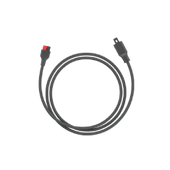
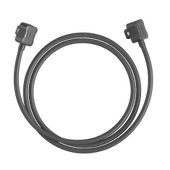

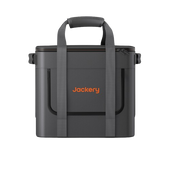

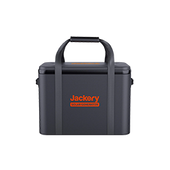

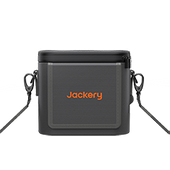
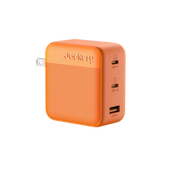
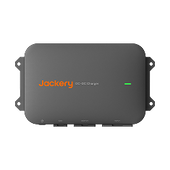


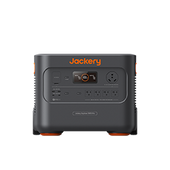
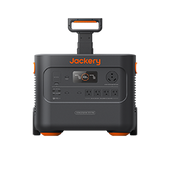
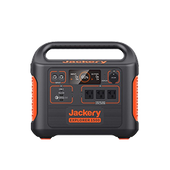
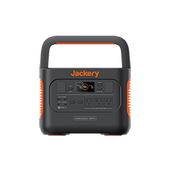
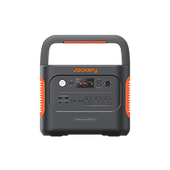

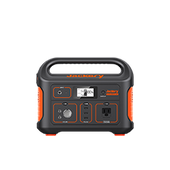

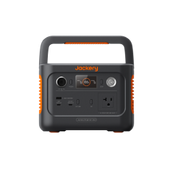


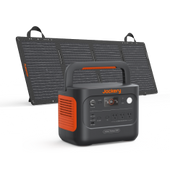
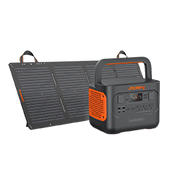
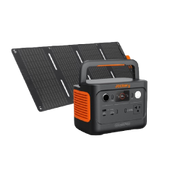
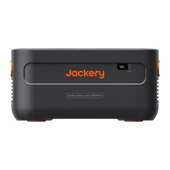
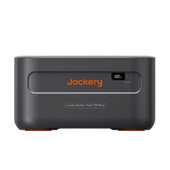
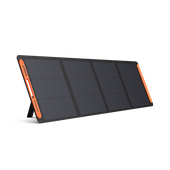
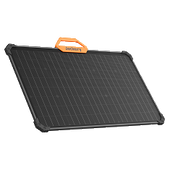



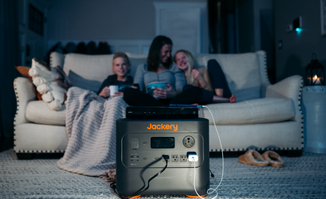

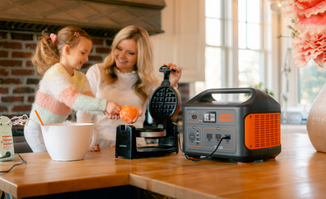
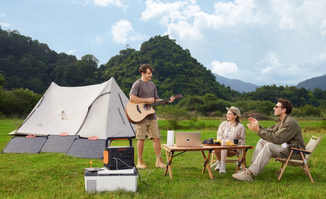
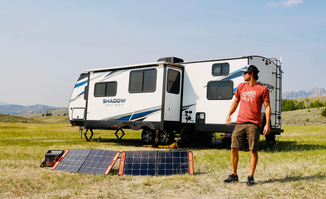


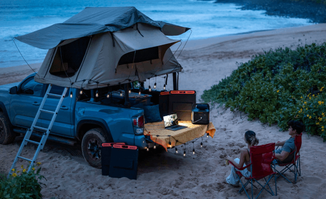
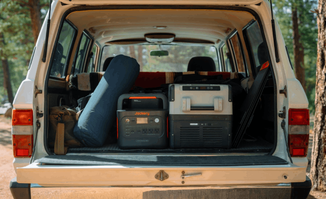

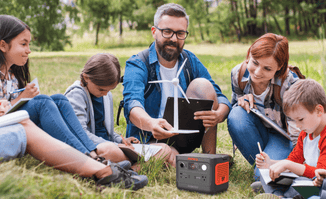


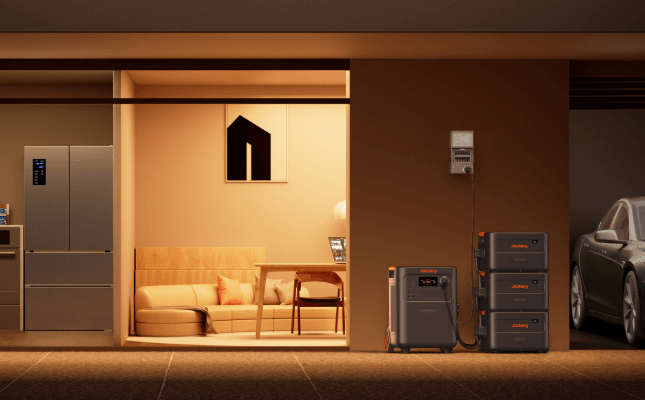
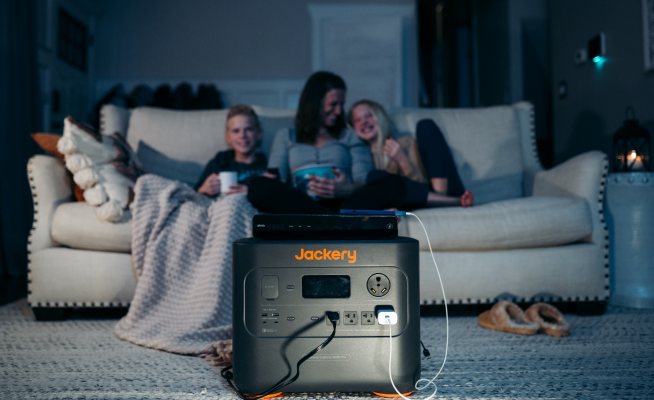

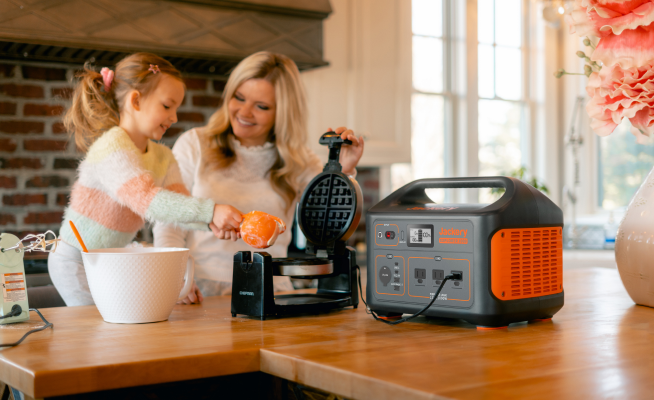
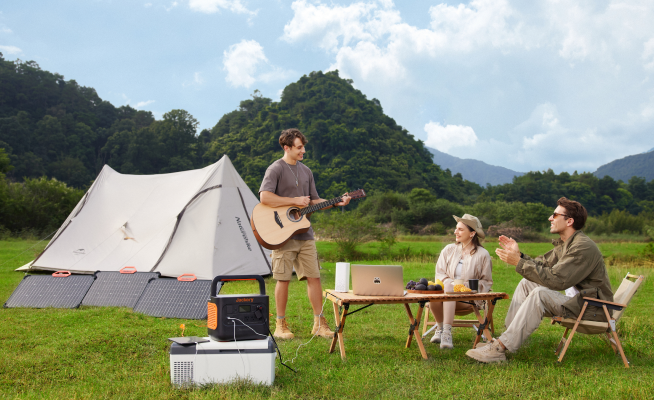
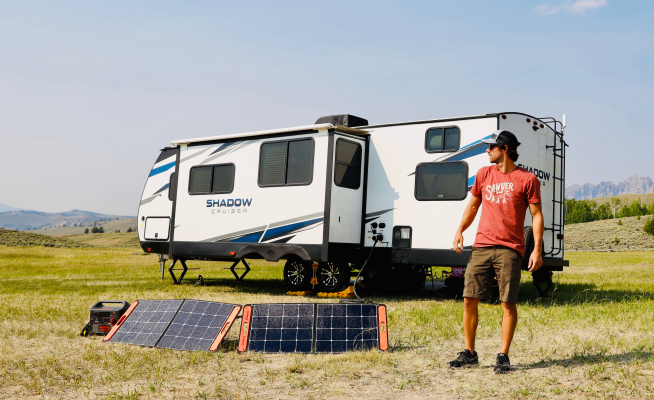


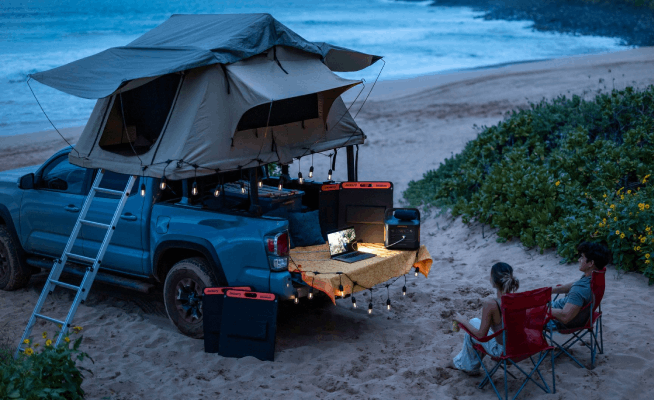
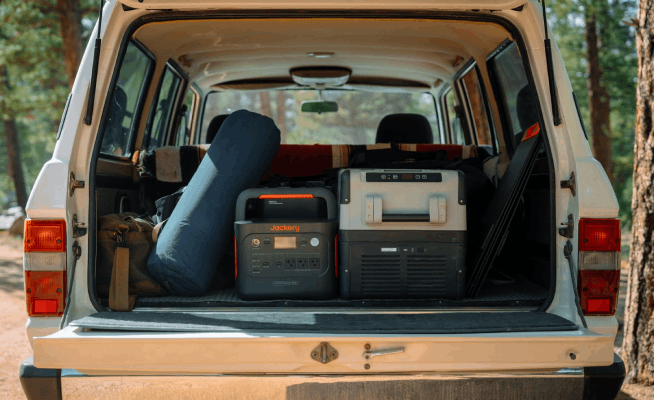

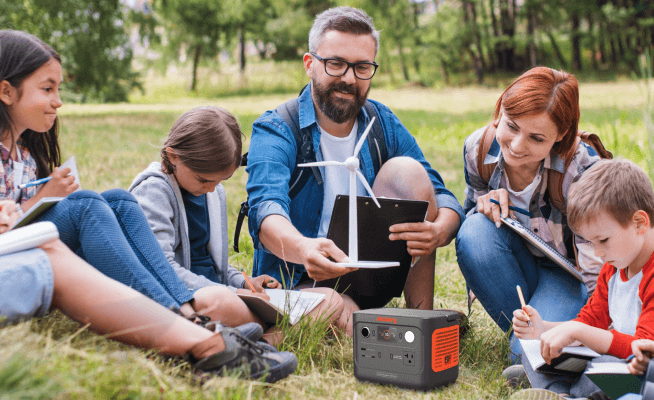
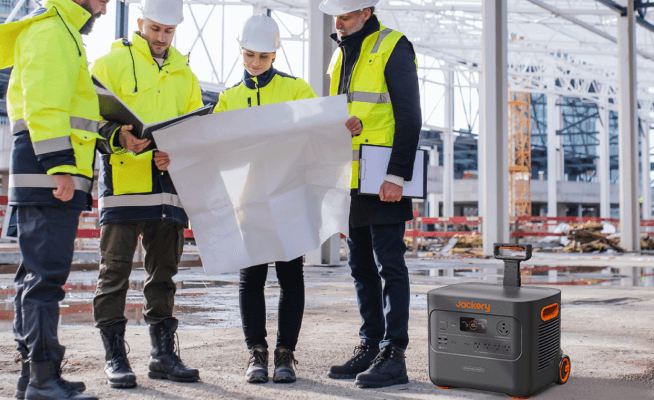














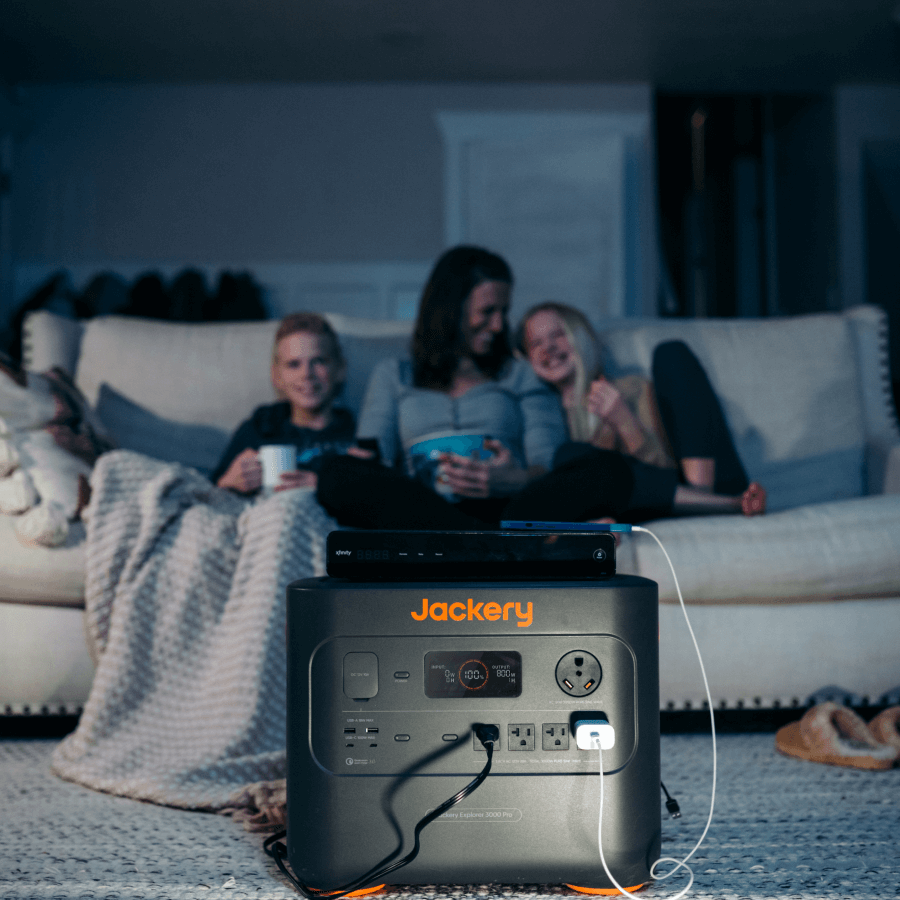
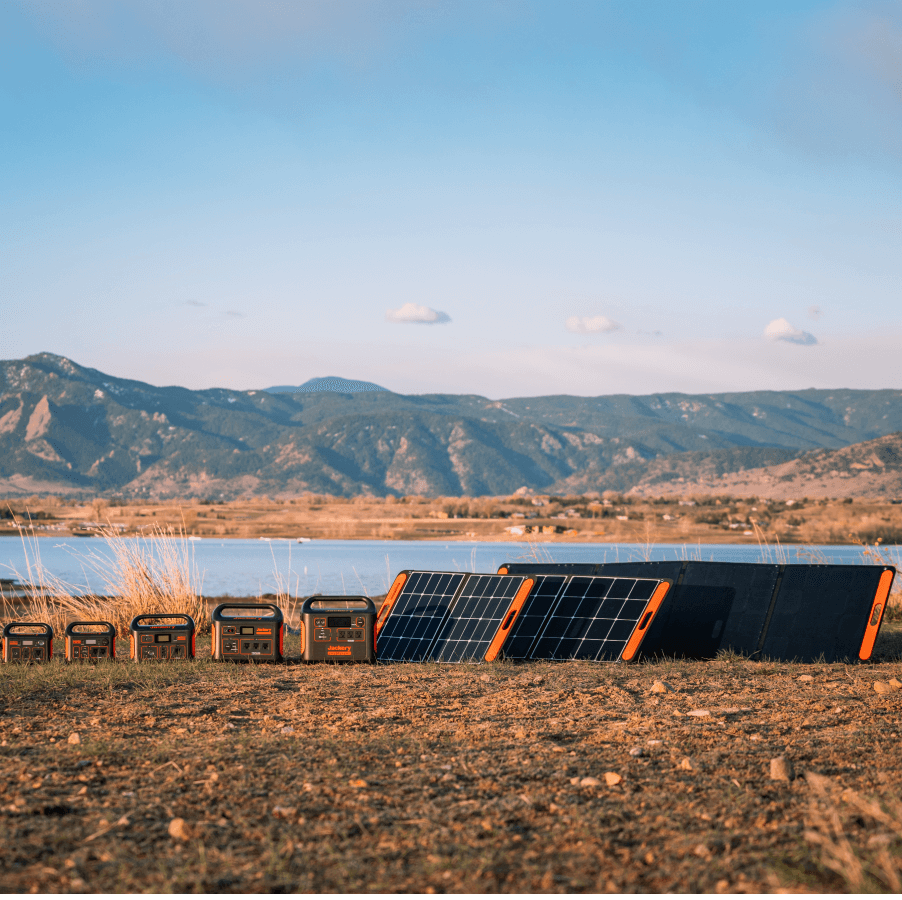
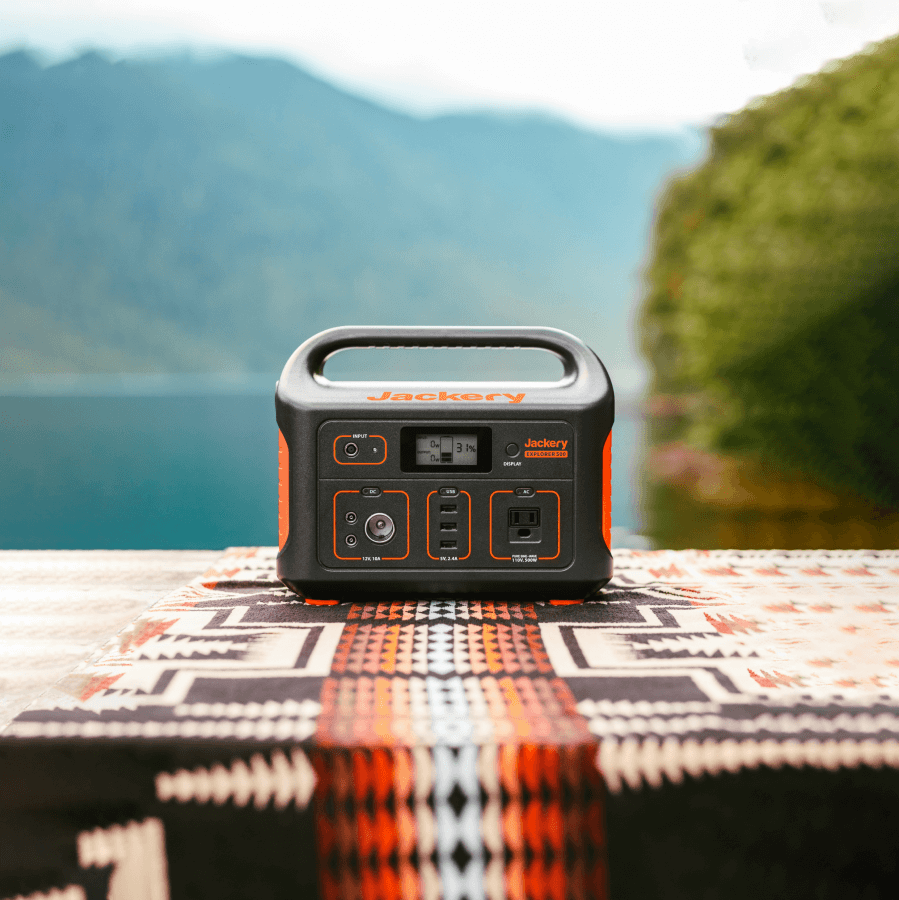
Leave a comment